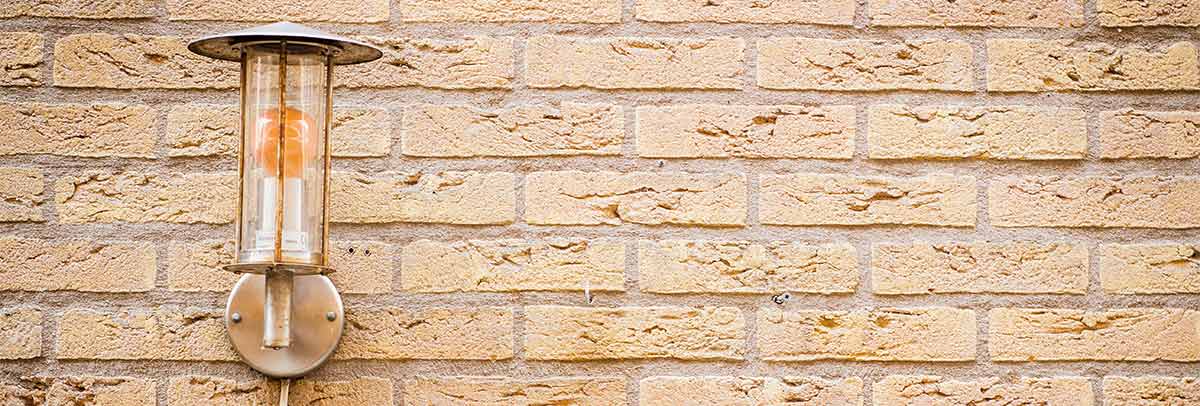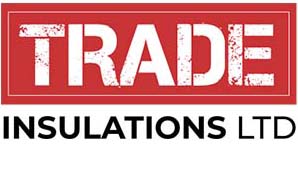More than 8 million homes in the UK have solid walls and that means that there is no cavity available in which to install cavity wall insulation. This can lead to increased heating costs and lost heat. However, it is possible to enhance the performance of solid walls by opting for external wall insulation or internal wall insulation.
Detecting Solid Walls in Your Property
The majority of properties built before 1920 will have solid walls and one of determining this is to measure an external doorway. Furthermore, homes that have the short edge of a brick facing outwards are likely to have solid walls.
Why Should You Insulate Solid Walls?
There are many reasons why you should insulate solid walls but the main two reasons are to keep your heating bills low and to ensure you look after your health. It has been found that those homes built before 1920 and have solid walls cost an average of £1259 per year while homes built after 2002 cost around half of that.
With an insulated home, you will reduce your bills and have the potential to live comfortably with consistent temperatures.

What Savings Could I Expect to Make?
It has been estimated that once solid wall insulation has been installed, you could save anything from £105 to £375 for a detached property. Of course, this will also be determined by the efficiency of your current heating system. Furthermore, it has also been found in studies that by having solid wall insulation you could increase the value of your property.
Reasons to Install External Wall Insulation – Why Install it?
The process of installing exterior wall insulation is quick and simple. The insulation is installed as part of a system that includes external render or cladding. Furthermore, the external insulation could also help to enhance the look of your property. This is an option that is worth considering if you live in an area that is susceptible to wind-driven rain.
Why Install Internal Wall Insulation?
If there are certain restrictions that make external wall insulation impossible then internal insulation is your only option. This is fitted on the inside of your walls and involves using timber studs that are fixed to the existing walls. A layer of insulated plasterboard is then used to provide the insulation. For this option, a lot of preparation work is required and this will involve removing skirting boards, plaster and coving while all radiators, light switches and sockets will need to be repositioned.
The Reason for Additional Ventilation with Solid Wall Insulation
While solid wall insulation will help reduce heat loss, it should also work to keep your home airtight to prevent draughts. As a result, it’s important to have controlled ventilation to keep fresh air moving through the home, reducing condensation and helping to keep the environment healthy.
Can Solid Wall Insulation Cause Damp?
When solid wall insulation is installed correctly, it should not result in damp problems. Yoru installer should carry out all assessments to determine that your property is in the right condition prior to carrying out the work.

